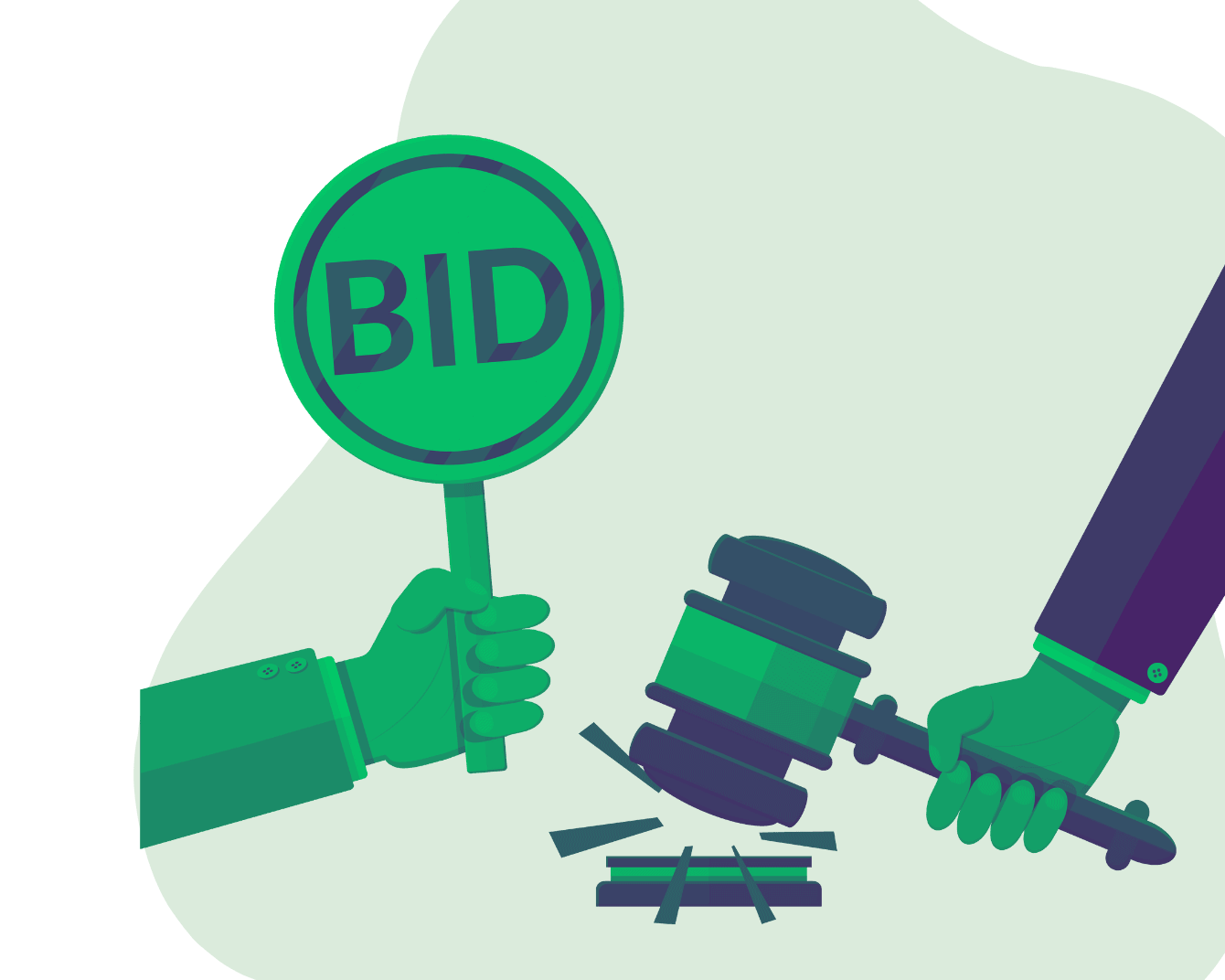Auctions are a powerful tool in procurement, enabling organizations to achieve competitive pricing and streamline their purchasing processes. Understanding the different types of auctions and their applications is essential for optimizing procurement strategies. This guide explores what auctions in procurement are, the various types of eauctions, and their benefits.
What is an Auction in Procurement?
Auction Defined:
An auction in procurement is a competitive bidding process where suppliers bid to sell goods or services to a buyer. The buyer initiates the auction by specifying the requirements, and suppliers compete by submitting their best offers.
Key Characteristics:
Competitive Bidding: Suppliers compete to offer the best price or terms.
Transparency: The process is open and visible to all participants.
Efficiency: Streamlines the procurement process by automating bid collection and evaluation.
Types of Auctions in Procurement
Forward Auctions:
Definition: Sellers list items for sale, and buyers bid competitively to purchase them. The highest bid wins.
Example: A company auctioning surplus inventory to the highest bidder.
Reverse Auctions:
Definition: Buyers specify their requirements, and suppliers compete to offer the lowest price. The lowest bid wins.
Example: A business seeking to procure raw materials through competitive supplier bidding.
English Auctions:
Definition: An open ascending-price auction where bids start low and increase until the highest bid wins.
Example: A company selling office equipment through a live auction event.
Dutch Auctions:
Definition: The auctioneer starts with a high price that decreases until a bidder accepts the current price.
Example: A firm selling bulk quantities of products quickly using a Dutch auction.
Sealed-Bid Auctions:
Definition: Bidders submit confidential bids, and the highest or lowest bid (depending on the auction type) wins.
Example: A government contract awarded to the lowest bidder in a sealed-bid auction.
Benefits of Auctions in Procurement

Cost Savings: Encourages competitive pricing, leading to reduced procurement costs.
Transparency: Ensures a fair and open bidding process.
Market Insight: Provides valuable data on supplier pricing and market conditions.
Supplier Engagement: Increases the pool of potential suppliers, enhancing competition and innovation.
Efficiency: Speeds up the procurement process by automating bid collection and evaluation.
Implementing Auctions in Procurement
Steps to Implement Auctions:
Identify Procurement Needs: Determine the goods or services suitable for auctions.
Select an Auction Type: Choose the type of auction that best meets your procurement requirements.
Set Clear Specifications: Define the quality, quantity, and delivery terms for the items.
Invite Bidders: Identify and invite potential suppliers to participate in the auction.
Conduct the Auction: Manage the bidding process and monitor progress.
Evaluate and Award: Assess bids based on predefined criteria and finalize the contract with the winning bidder.
Best Practices for Conducting Auctions
Clear Descriptions: Provide detailed and accurate descriptions of the auction items.
Effective Promotion: Use marketing strategies to attract a large pool of potential suppliers.
Regular Monitoring: Continuously monitor the auction process to address any issues promptly.
Post-Auction Review: Analyze the auction results to identify areas for improvement and gather market insights.
Common Challenges and Solutions
Bid Timing: Ensure bidders understand the auction timeline to avoid last-minute rushes.
Price Increments: Set appropriate bid increments to encourage competitive bidding without deterring participants.
Market Conditions: Adapt auction strategies based on current market conditions to ensure competitive pricing.
Conclusion
Auctions in procurement offer a transparent, efficient, and competitive method for buying and selling goods and services. By understanding the different types of auctions and their benefits, businesses can optimize their procurement strategies and achieve better outcomes. For more detailed insights and resources on auction strategies, explore ProQsmart’s comprehensive guides.


